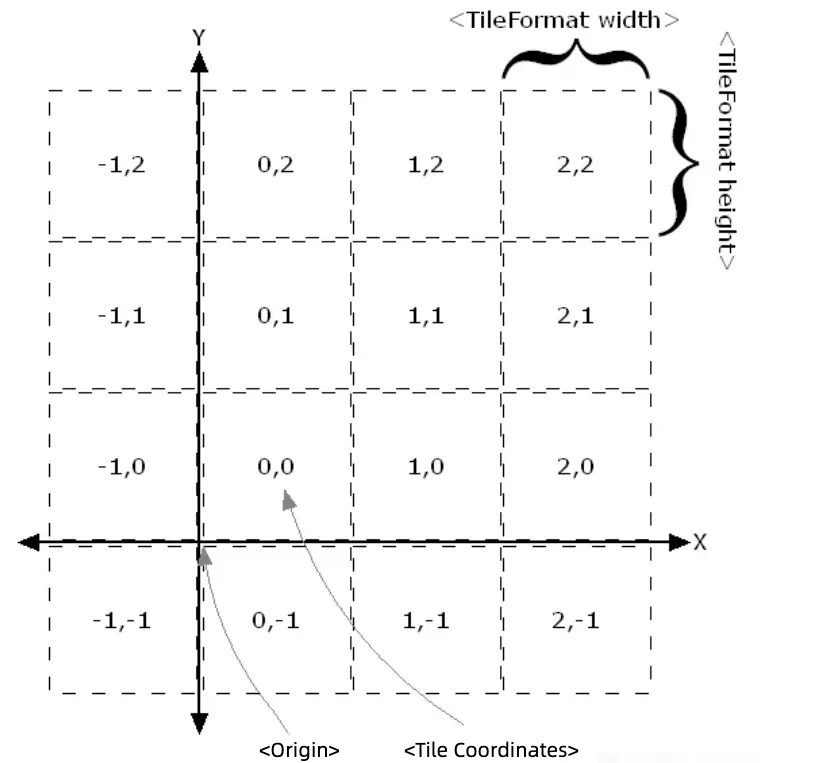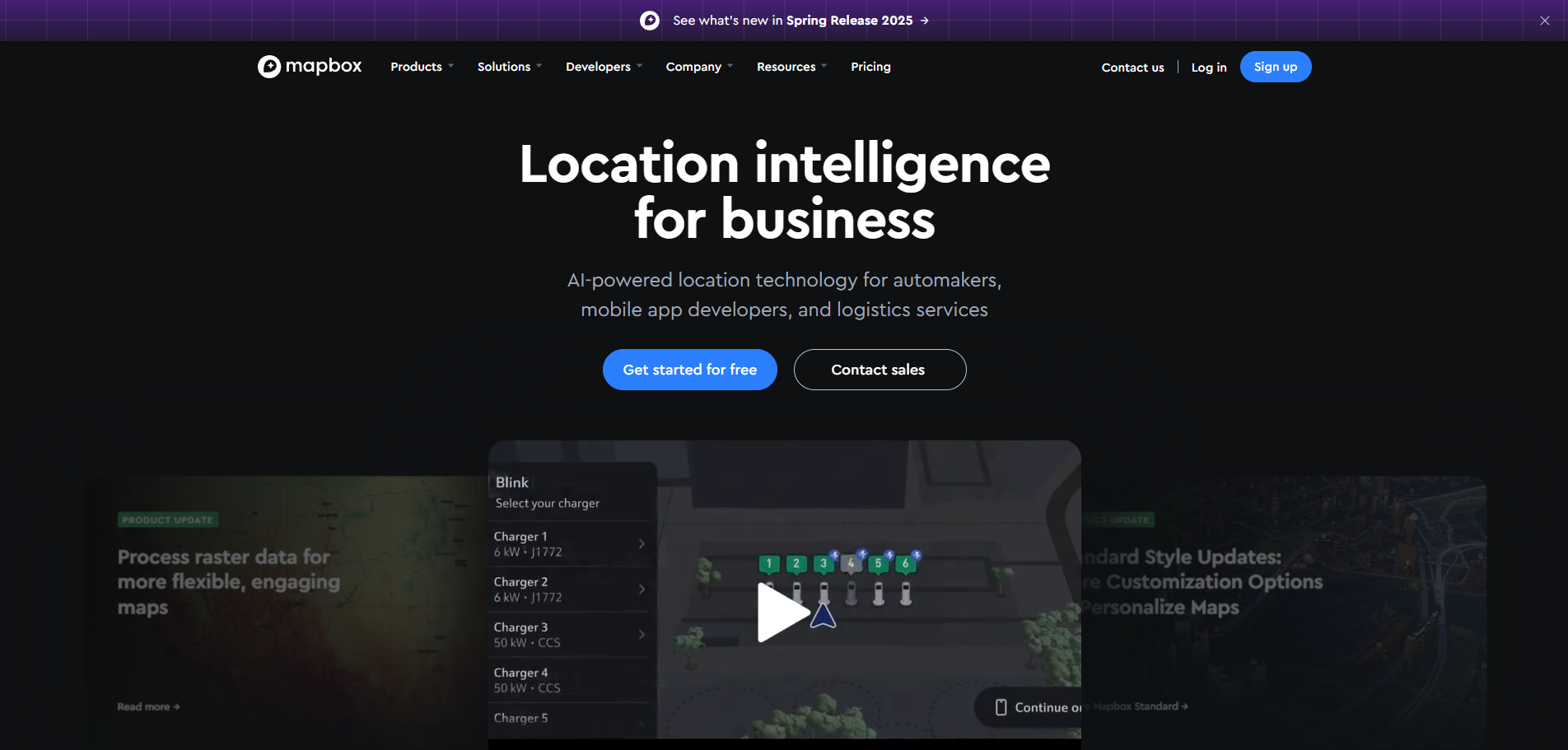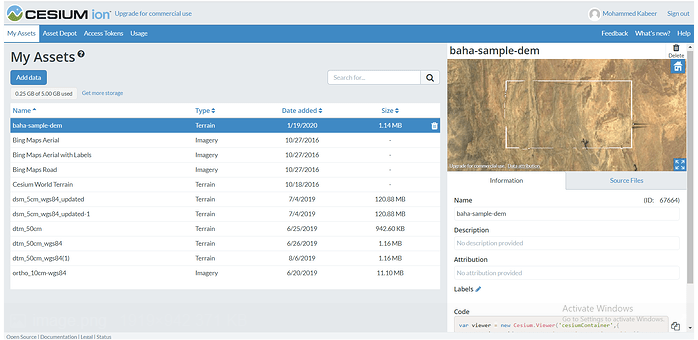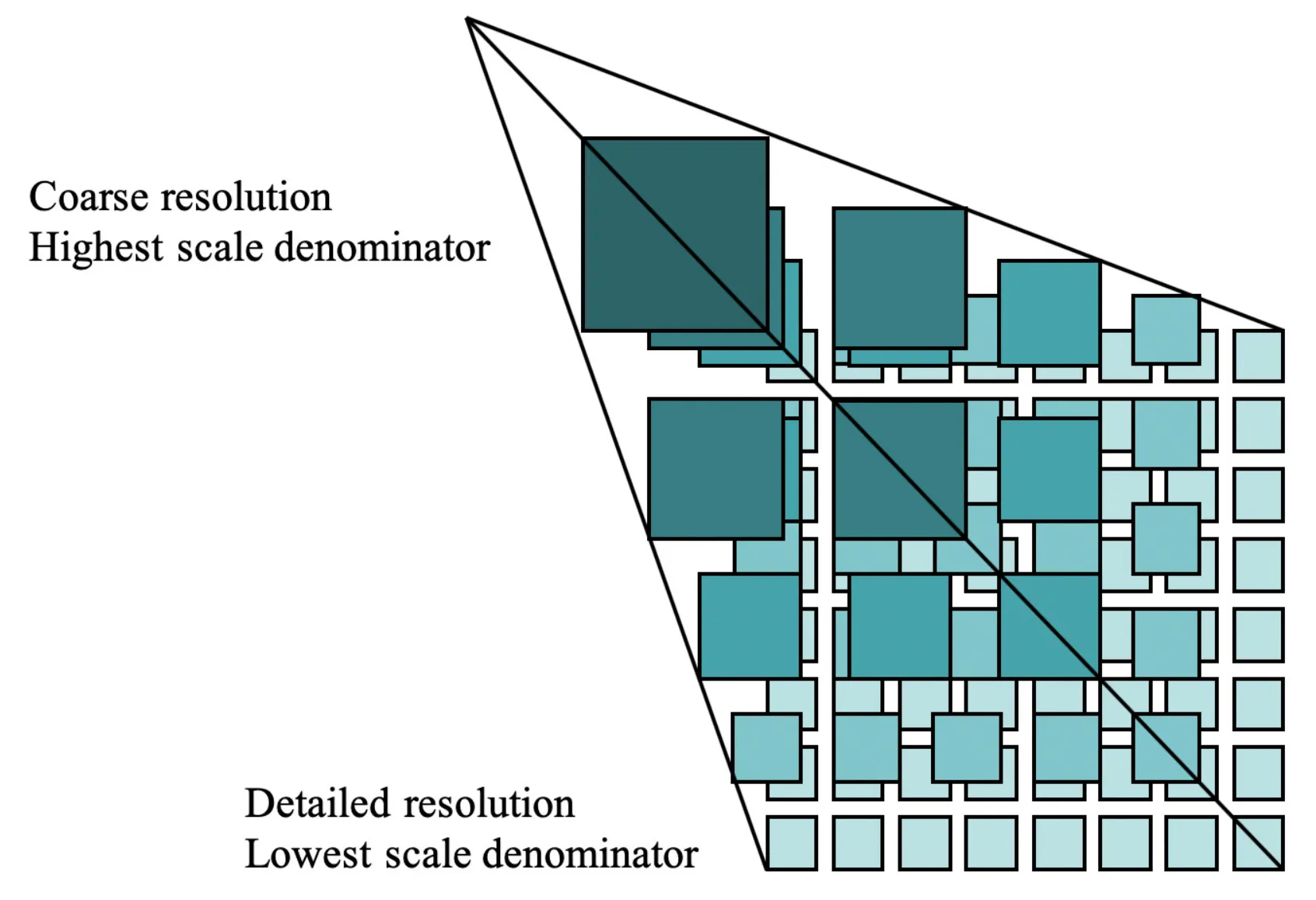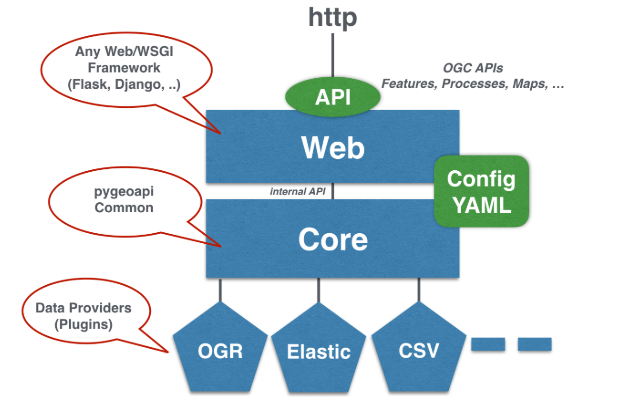3D Tiles Service - Cesium 3D Tiles
3D Tiles service is a map slicing service built based on the 3D Tiles specification developed by Cesium. It is designed to efficiently visualize and distribute large-scale three-dimensional spatial data and is an important technical foundation for modern Web GIS. It is mainly used to achieve high-speed rendering and interaction in Web browsers for complex data such as BIM, CIM, point clouds, three-dimensional models, and terrain. The client can browse interactively through visualization engines such as CesiumJS, while the server is responsible for organizing and distributing data hierarchically based on the 3D Tiles format. Through spatial segmentation technology based on LOD (level of detail) and streaming transmission mechanism, the 3D Tiles service achieves lightweight and fast data loading, which is especially suitable for city-level models and point cloud data, and is widely used in smart cities, urban planning, disaster prevention, infrastructure management and other fields.
2025-09-16 14:47:17Web Map Tile Service (WMTS)
Web Map Tile Service (WMTS), also known as Web Map Tile Service, is a solution that uses pre-generated tiles to provide electronic map services. The WMTS standard defines some operations that allow users to access tile maps. WMTS provides a standardized solution for publishing digital map services using a predefined tile method, making up for the inability of WMS (Web Map Service) to provide tiled maps. The purpose of the WMTS service is to provide services for tile maps.
2025-09-16 14:47:12Mapbox API
Mapbox API is a development interface provided by a powerful geolocation data platform, designed to help developers implement highly customized map display, geocoding, route planning, navigation, data visualization and other functions in their applications. Mapbox provides a series of flexible development tools and APIs, supports mainstream development environments such as Web, iOS, and Android, and facilitates developers to achieve a consistent map experience on different platforms.
2025-09-16 14:47:15Bing Maps API
Bing Maps API is a map and location information service platform provided by Microsoft. It is aimed at developers and is used to integrate map display, route search, geocoding and other functions into web applications or mobile applications. It is as famous as Google Maps API and is widely used in enterprises and business systems.
2025-09-16 14:47:16Cesium Terrain Service
Cesium Terrain Service is a server designed for Cesium.js. It is used to easily provide file system-based terrain tilesets. It supports working with CesiumTerrainProvider class of Cesium.js to render high-precision terrain data in the browser. It uses binary file structure to store terrain data. Based on Quantized Mesh technology, it reduces data storage space through compression and quantization processing, and improves loading and rendering performance. The service supports on-demand data loading, dynamically loads terrain slices of different resolutions according to user views, adapts to different levels of view requirements, and ensures efficient terrain loading.
2025-09-16 14:47:17OGC API - Tiles
OGC API - Tiles (formerly known as WMTS 2.0) is a new generation of geospatial data distribution API specification developed by the Open Geospatial Consortium (OGC). It is designed to replace the traditional WMTS (Web Map Tile Service) 1.0, adopts a RESTful API architecture, and supports modern Web technologies. The specification provides a standardized method to efficiently provide map tiles, image tiles, and 3D tiles (such as 3D Tiles format) to clients based on HTTP. It is worth mentioning that it has an extensible structure and is widely used in smart cities, urban modeling, geospatial analysis platforms and other fields.
2025-09-16 14:47:14NASA Earthdata API
NASA Earthdata API is a programmable interface provided by the National Aeronautics and Space Administration (NASA) that enables users to access earth observation data. Through this API, users can obtain remote sensing data collected by various satellites and sensors such as MODIS, Landsat, Sentinel, SMAP, ASTER, etc., covering many fields such as climate change, atmosphere, water cycle, land use, etc. The API is deeply integrated with Earthdata Search, DAAC (Distributed Active Archive Center) and other systems, enabling researchers, developers, government agencies and educational institutions to efficiently obtain and analyze data according to their own needs. By using this API, users can search, filter and download data directly in web applications or scripts, greatly improving scientific research efficiency and development flexibility.
2025-09-16 14:47:18OGC API - Maps
OGC API - Maps is a new generation of Web map service standards launched by the Open Geospatial Consortium (OGC). It is based on the RESTful architecture and OpenAPI specification. It aims to replace the traditional WMS (Web Map Service) protocol, provide more efficient and flexible map tiles and dynamic map rendering services, and support multi-format output (such as PNG, JPEG, GeoTIFF) and spatial data interaction.
2025-09-16 14:47:13OpenTopography API
OpenTopography API is a RESTful web service interface for developers, through which developers can access global DEM (digital elevation model) datasets hosted by OpenTopography, such as Copernicus GL30, NASA DEM, SRTM, etc. The API is documented using the OpenAPI specification and can be visualized and tested through Swagger. Users need to register through the OpenTopography portal and obtain an API key to authenticate when accessing the API.
2025-09-16 14:47:17Tile Map Service (TMS)
Tile Map Service (TMS) is a network-based geographic information service protocol for efficiently loading and displaying map data. The core idea of TMS is to pre-cut map data into small tiles of fixed size (usually 256×256 pixels), and store and access them in a hierarchical (zoom level) and spatial index manner. The client dynamically requests the corresponding tiles according to the user’s view requirements, thereby achieving fast loading and smooth display. TMS usually organizes map data in the form of tile pyramids, which are gradually refined from the global view (low zoom level) to the local details (high zoom level), and the resolution of each level increases, so as to meet the multi-scale display requirements.
2025-09-16 14:47:13
 Service
Service


